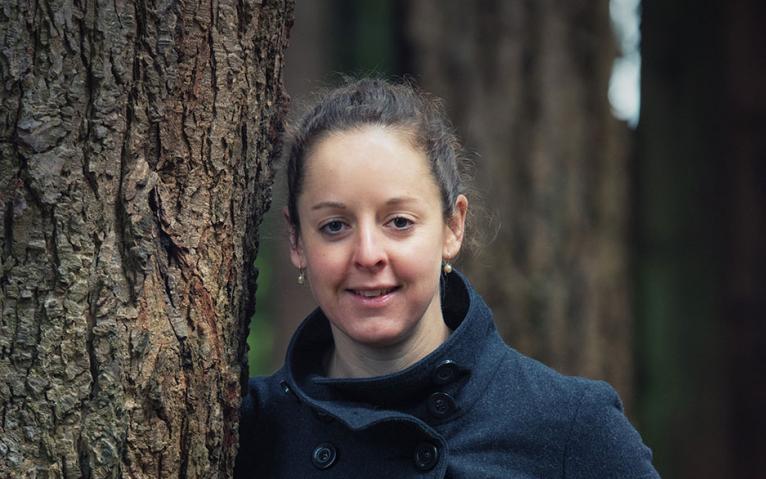Older women and physical activity: perceptions of changing body function, health, and appearance (2017)
Women’s body image may be influenced by the changes to body functioning, health, and appearance they face as they age. Body image has been associated with physical activity engagement, life satisfaction, and eating behaviours. To advance understanding of older women’s body image, three studies were conducted using interviews with physically active women aged 65 to 94, adopting interpretive and narrative constructionist approaches. Study one explored how women perceived, experienced, and coped with their aging bodies, and examined their perceptions of the utility of self-compassion for the management of aging body-related changes. Participants were accepting yet critical of the physical changes accompanying aging. They engaged in activity and healthy eating to maintain their body’s functioning and health, and used exercise, diet, and aesthetic strategies to maintain their appearances. Self-compassion for the aging body was viewed as idealistic and contextual. Study two explored the emotions in women’s aging body and physical activity stories. The cultural narrative of decline associating later life with deteriorating health and dependence influenced the women’s experiences in the physical domain. The participants were anxious about body decline. Body-related shame and guilt permeated their stories; they were frustrated with body changes and with their inabilities to engage in certain activities. The women concurrently told stories of body and physical activity-related pride to reassure themselves and others that they were taking responsibility for their health. Study three explored the stories of aging recounted by a 75-year-old woman, which were permeated by narratives of acceptance and resistance. Annabelle accepted yet attempted to slow body decline while facing breast cancer, widowhood, retirement, and ageism. These experiences elicited body shame, sadness, self-pity, anger, anxiety, and pride, and were coped with using cognitive reframing, community engagement, appearance management strategies, and end of life preparations. Overall, these dissertation findings contribute to our understanding of the multidimensionality of body image by drawing attention to the cognitions, emotions, and behaviours involved in how older women perceive and cope with changes to body functioning, health, and appearance. The findings also highlight the role of cultural age and body norms in shaping later life experiences in the physical domain.
View record



